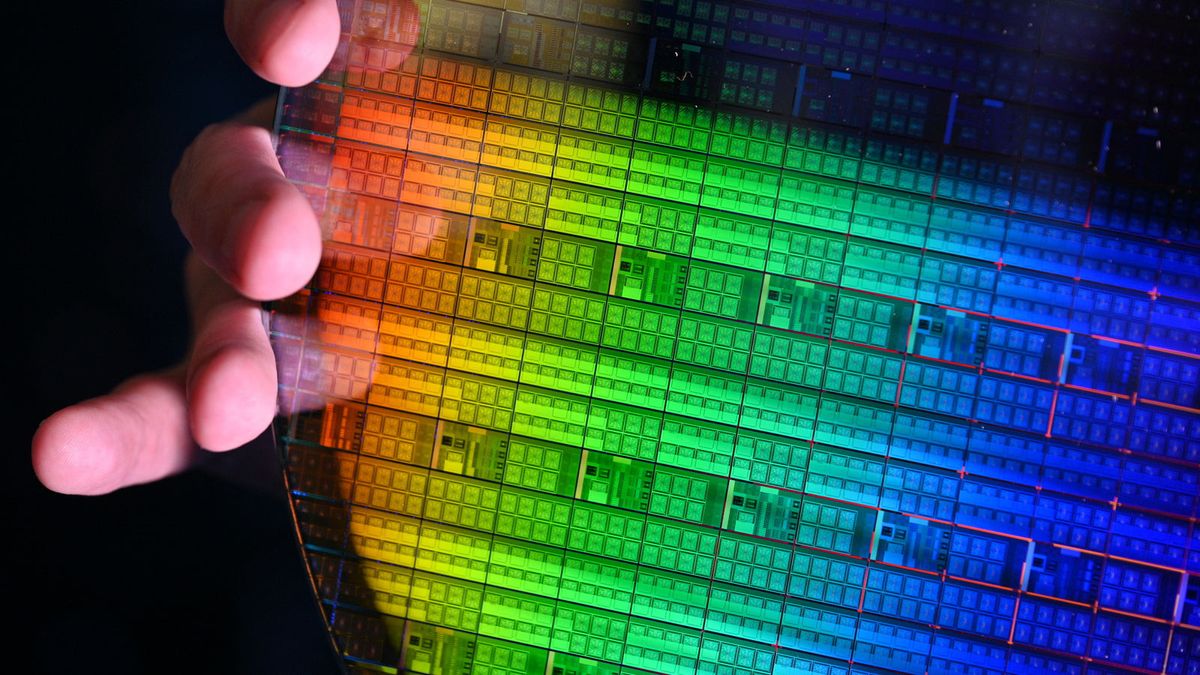L1 and L2 cache specs for Nvidia's new RTX 5090 and RTX 5080 have cropped up. HardwareLuxx reports that the RTX 5090 and 5080 have the same L1 cache capacity per SM as the 4090 and 4080, and the 5090 has 36% more L2 cache compared to its predecessor.
L1 cache capacity per SM reportedly remains the same on GB202 as is on AD102, featuring 128 kB of capacity per SM. As a result, the RTX 5090 features 21.7 MB of L1 cache capacity in total, giving the Blackwell GPU 5.4MB more L1 cache over the RTX 4090, thanks to its improved SM count of 170 compared to 128 on the RTX 4090 (21,760 CUDA cores vs 16,384).
Swipe to scroll horizontally
| GPU: | L1 Cache: | L2 Cache: |
| RTX 5090 | 21.7MB | 98.3MB |
| RTX 4090 | 16.3MB | 72MB |
| RTX 5080 | 10.7MB | 65MB |
| RTX 4080/Super | 9.7MB | 64MB |
The same is also the case on GB203, which is the die that powers the RTX 5080. However, the SM count variance between the RTX 5080 and 4080 is significantly smaller, giving both GPUs almost identical L1 cache capacity in total. The RTX 5080 comes with 10.7 MB of L1 cache, and the RTX 4080 comes with 9.7MB of L1 cache, a mere 1MB difference.
We can expect the remaining Blackwell dies to share the same trend. In fact, Blackwell's 128 KB L1 cache size per SM not only compares exactly with Ada Lovelace, but Ampere as well. Ampere represents the last time Nvidia upgraded L1 cache capacity per SM, doubling it compared to Turing.
The RTX 5090 receives a 36% improvement in L2 cache capacity over the RTX 4090, featuring almost 100MB of the stuff. The RTX 5080 gets virtually no upgrade, featuring just 1MB more L2 cache than the RTX 4080 and 4080 Super.
Blackwell's minor cache size improvements starkly contrast Ada Lovelace's massive cache capacity upgrade over Ampere, specifically the L2 cache. The RTX 4090, for example, featured a whopping 12x more cache compared to the RTX 3090 series (72MB vs 6MB).
To compensate for the minor cache improvements on Blackwell, the RTX 50 series as a whole gets an upgrade to speedier GDDR7 memory modules, operating at 28Gbps, except for the 5080, which gets special treatment featuring even faster 32Gbps modules.
Some of the 50 series models also come with bus-width upgrades on top of the GDDR7 upgrade to boost memory performance further. The RTX 5090 gets a 512-bit memory bus, and the RTX 5070 Ti gets a 256-bit memory bus. Both are upgrades compared to their RTX 4090 and 4070 Ti/Super predecessors. The RTX 5080 and RTX 5070 stick with the same bus widths as their predecessors.

 4 hours ago
2
4 hours ago
2







 English (US) ·
English (US) ·